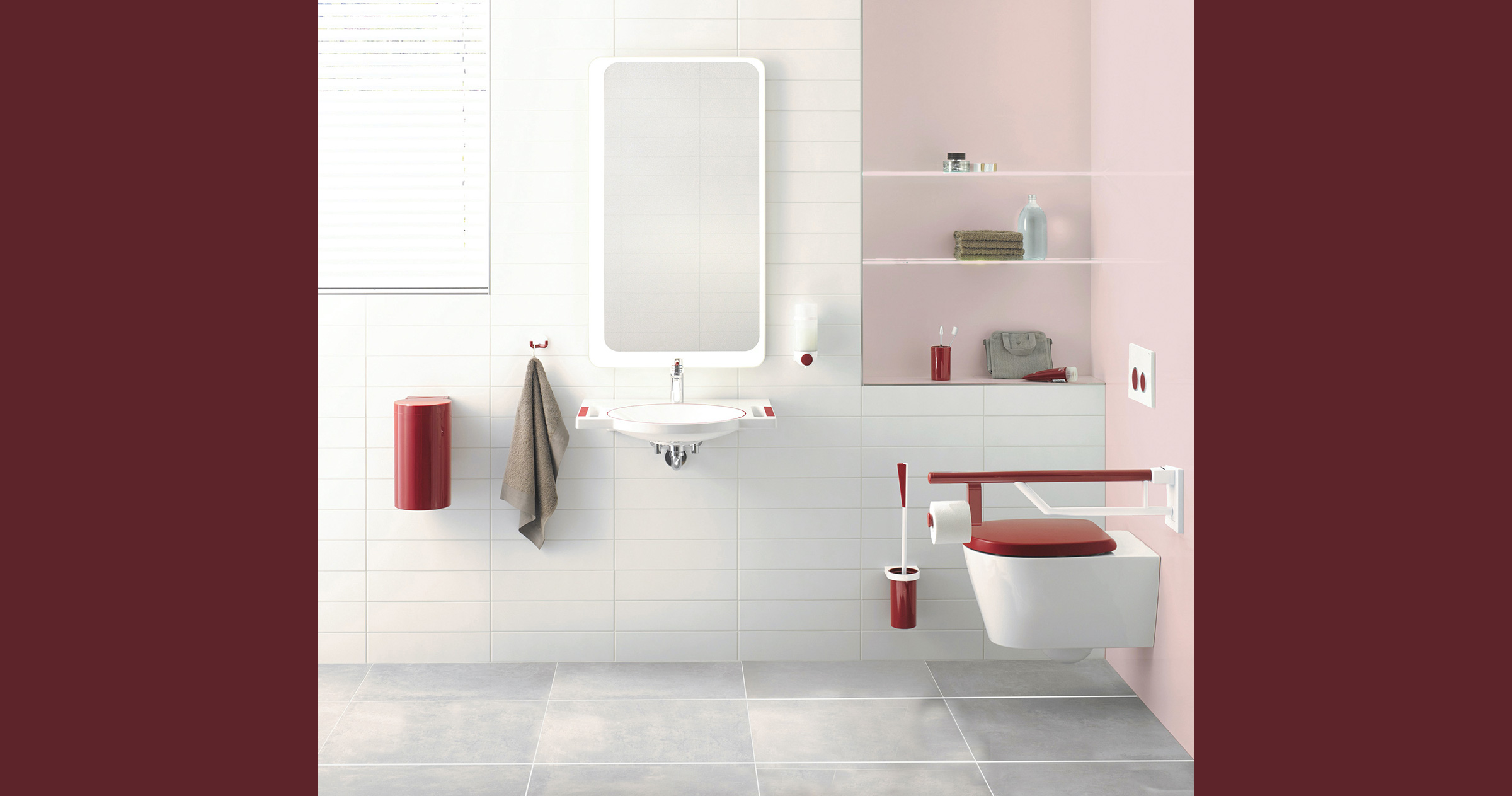When soldiers returned home from the Second World War with disabling injuries, they unknowingly embarked upon another transformative battle: a change in how we design. The rights and needs of people with disabilities and the aged were brought to the forefront, and attitudes towards disability shifted. A new “social” model focused on direct action against discrimination, poor access, and inequality. Architects and designers responded by focusing their talents on creating buildings, products, and environments for all people, regardless of age or ability. This new discipline came to be known as Universal Design.
In a strange twist of fate, the baby boom generation, born in the post-war years, is now driving this niche concept into the mainstream. With their rejection of traditional values and knack for redefining norms, these “actively aging” boomers are saying “no” to spending their senior years in care facilities, and are opting instead to live independently in their homes for as long as possible. In the spirit of living life to the fullest, future-proofing spaces to accommodate a wide spectrum of possible physical and cognitive challenges has emerged as a new standard.
On a philosophical level, it can be argued that this generation has given rise to a new ethos: in design for human diversity, everyone gains.
BED, BATH AND BEYOND
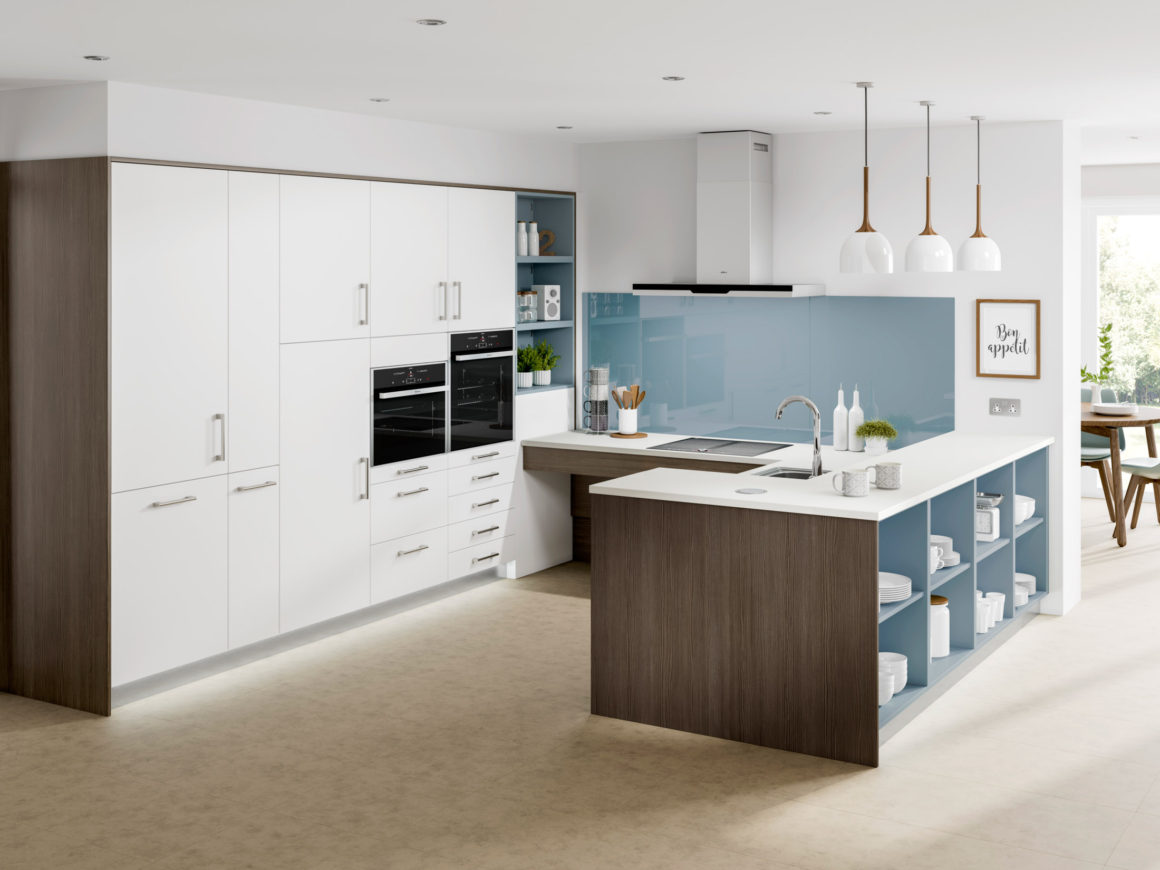
In their quest for inclusive design, baby boomers are not dropping their high standards for impressive aesthetics. Motionspot, a design firm in the UK that specializes in accessible design, has debunked the notion that accessible spaces cannot look sexy and sophisticated. “A misconception is that Universal Design needs to look clinical and institutional. That, quite simply, isn’t right,” says Edward Warner, founder and CEO of Motionspot. “With the right design thought, you can really achieve the same high level of design intent as you can in a non-accessible space.”
Through the clever and creative use of colour and lighting, Motionspot designs chic, modern bathrooms for clients with dementia. “The key features of the bathroom are highlighted with colour to more easily see, locate and use,” explains Warner. In the photo opposite, “the pink wall and alcove contrasts with the flooring to make it easier to accurately gauge the size of the room and navigate around it.”
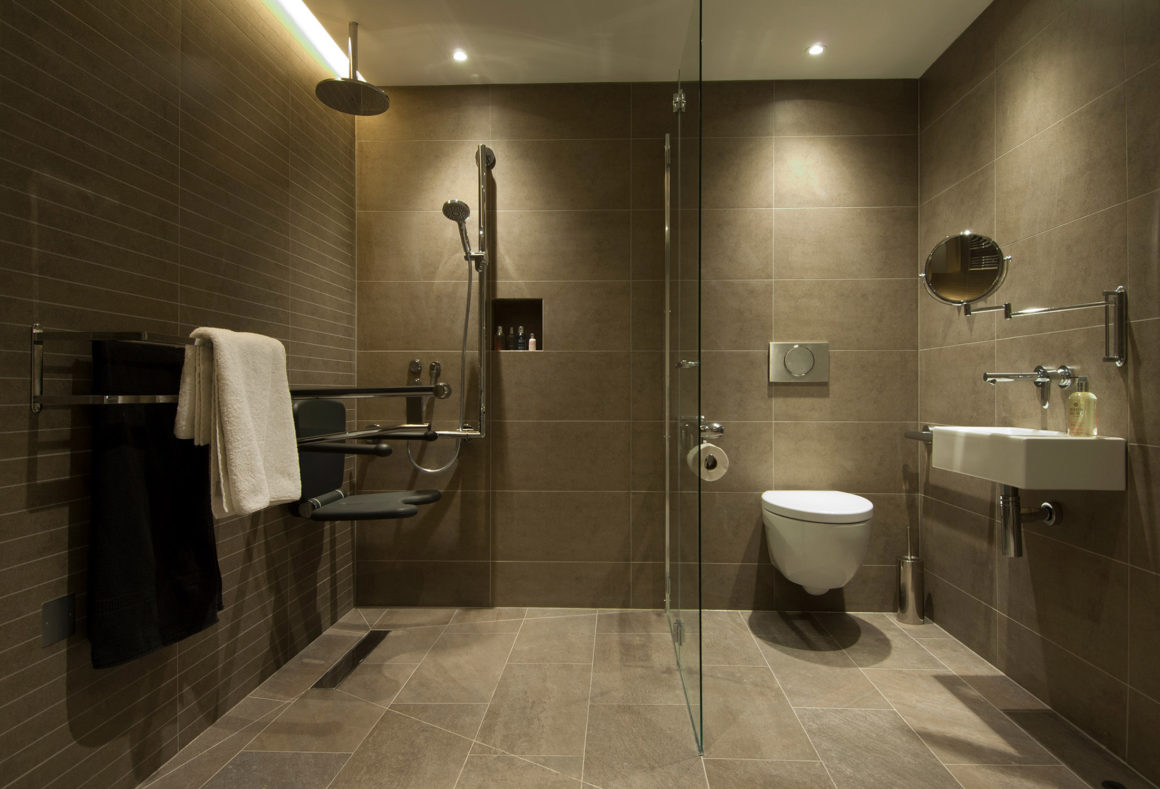
Beautifully designed accessible bathrooms such as this are becoming the norm. Curbless showers and removable grab rails with cover plates will soon be commonplace, as will flush flooring between bedroom and bathroom, which greatly reduces injuries that can result from late-night navigation of these spaces.
Kitchens are another prime area of the home where accessibility should be integrated into the design plan. Investing in interior fittings that bring the contents of cabinets to the user, along with multilevel worktops and accessible pulls and knobs, are key considerations.
One of the greatest obstacles in the movement to embrace barrier-free design has been a misconception about its cost. “People’s perceptions are that if something is a disabled adaptation, it has to be clinical. If it looks beautiful, it must be expensive,” says Warner.

Motionspot is tackling this with the launch of a new product line called Fine & Able. “We are trying very much to blast that myth that things have to be expensive,” says Warner. Fine & Able offers a full range of stylish bathroom products with accessibility worked into the design and price. The line’s kitchen collection is launching this September.
FABRICS FOR LIFE
Also launching this fall is a new collection of performance fabrics from Sunbrella called Retweed. “Our fabric is designed for a long lifespan, mirroring the very idea of what it means to effectively design projects to meet the demands of aging in place and the principles of universal design,” says Sarah Dooley, director of upholstery at Sunbrella.
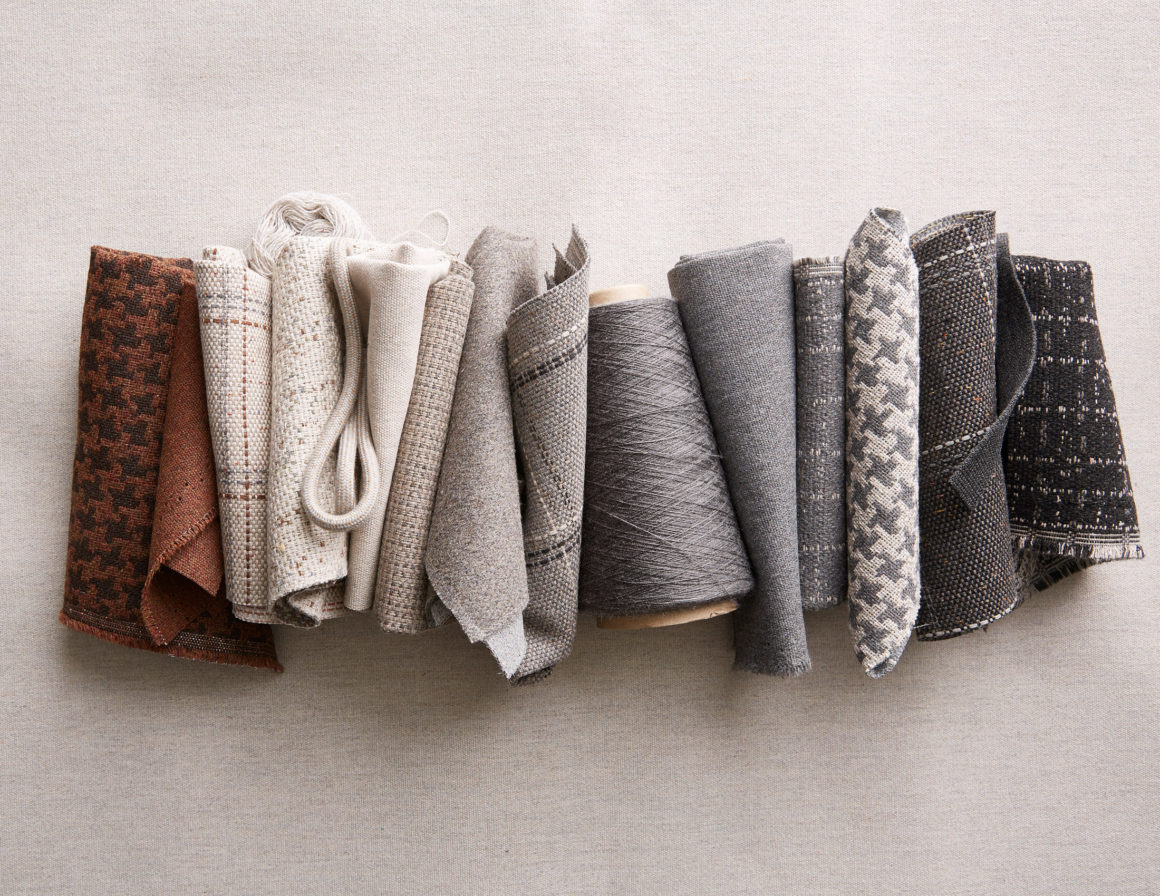
Sunbrella is the flagship brand of Glen Raven Inc., a company that produced parachute fabric during the Second World War, developed pantyhose in the 1950s, and wove the fabric for the first American flag planted on the moon by Apollo 11 astronauts Neil Armstrong and Buzz Aldrin. But it is out-of-this-world outdoor fabric that Sunbrella has become known for in the design industry.
All of the company’s fabrics are stain-resistant, mold- and mildew-resistant, UV- and fade-proof. They are also soft to the touch and cozy, unlike the medical-grade texture often associated with high-performance fabrics. For these reasons, these outdoor fabrics are making their way indoors.
The Retweed collection will not only provide the high level of durability expected from a Sunbrella fabric, but is also composed of up to 93 per cent recycled content. For the educated active-aging consumers, this is sure to tick many boxes.
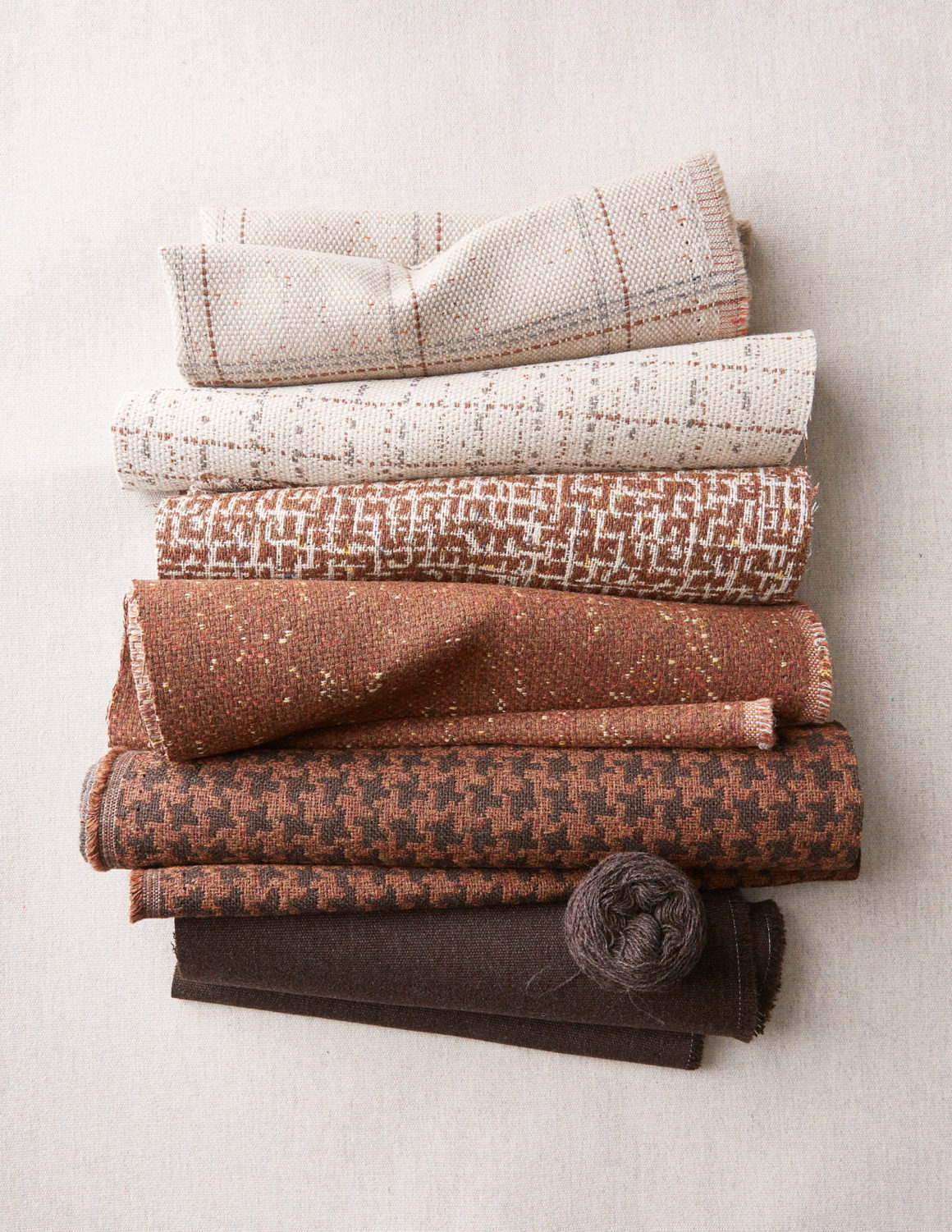
“When it comes to universal design, textile design is an important aspect of most principles, including flexibility of use, tolerance for error and low physical effort. Colour, versatility and function all play a role. Bold colours and large-scale patterns can aid in things like wayfinding,” says Dooley.
The collection offers a palette of colourful earthy hues, blending vintage tweed and a mid-century modern aesthetic. That is, after all, the period that has greatly influenced the shift towards a more inclusive, social approach to designing for human diversity. •
Columnist Barbara Milner is an interior designer and principal at South Hill Interiors, a design firm that serves the Greater Toronto Area and Kawartha Lakes region. The firm’s real estate arm offers realty services with Forest Hill Real Estate Inc.
Motionspot
www.motionspot.co.uk
Sunbrella
www.global.sunbrella.com

